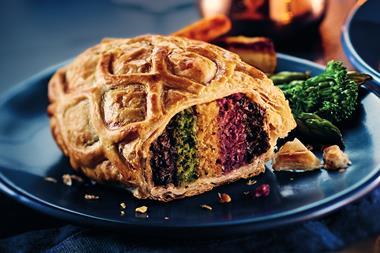The proportion of UK wheat hitting the high-quality bread specification is set to be the highest in 10 years, latest Agriculture & Horticulture Development Board (AHDB) figures have revealed.
According to the second provisional results from this year’s AHDB Cereals & Oilseeds Cereal Quality Survey, 46% of Nabim Group 1 varieties have met or exceeded the requirements for high-quality bread wheat, compared with 31% last year.
The requirements call for a minimum specific weight of 76 kg/hl, a Hagberg Falling Number* greater than or equal to 250 seconds, and a minimum protein content of 13%.
“The high proportion meeting milling standards this year is likely to mean a greater proportion of the domestic crop being used in the UK flour milling industry,” said AHDB Cereals & Oilseeds analyst James Webster.
Writing on the AHDB Cereals & Oilseeds website last month, analyst Isobel Robinson had suggested a high-quality harvest of milling wheat could give the UK an opportunity to replace some of its imports, which she had described as “stubbornly high”.
Robinson said it could be hard for UK wheat to replace Canadian as this is usually high-protein milling wheat for bread, which the UK is unable to produce in sufficient quantities. But the UK may import less from France and Germany this season – particularly as wet weather has resulted in French wheat production estimated at 28.5 million tonnes – the lowest since 1993/94.
Webster this week added, however, that a lower specific weight than in the previous two years meant extraction rates were likely to be lower, and could influence the amount of wheat required.
Across the total 15,536 wheat samples analysed by the AHDB by 24 September 2016, the provisional average protein level for 2016 was 12.5%, higher than the 2015 results and the three-year average.
The average Hagberg Falling Number for all samples was 309 seconds, which is one of the highest levels on record, with only five harvests since 1977 exceeding it. Specific weight remains below the three-year average at 76.7 kg/hl.
*The Hagberg test measures the time a plunger takes to fall through a heated mixture of ground grain and water, and provides an indication of the level of enzyme activity and onset of sprouting. A high number is better, with a threshold of 250 seconds used for bread-making wheat.
































No comments yet